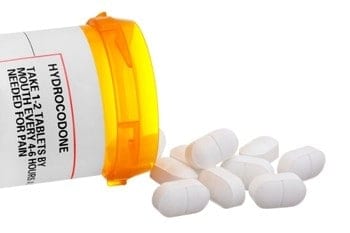While prescriptions for opioid pain relievers were concentrated in specialties for pain, anesthesia, and physical medicine and rehabilitation, it was general practitioners who dominated total prescriptions among Medicare prescribers based on sheer volume, according to an article published online by JAMA Internal Medicine.
Researchers have suggested small groups of prolific prescribers and pill mills drive the opioid overdose epidemic. Medicare data provide an opportunity to examine prescribing patterns across a national population.
Anna Lembke, M.D., of Stanford University, Stanford, Calif., and coauthors examined data from individual prescribers including physicians, nurse practitioners, physician assistants and dentists from prescription drug coverage claims in the 2013 Medicare Part D claims data set. About 68 percent of the 50 million people on Medicare are covered by Part D.
The data represent more than 1.1 billion claims for nearly $81 billion. The authors focused on opioid prescriptions containing hydrocodone, oxycodone, fentanyl, morphine, methadone, hydromorphone, oxymorphone, meperidine, codeine, opium or levorphanol.
Based on claims per prescriber type, opioid prescriptions were concentrated in interventional pain management (1,124.9), pain management (921.1), anesthesiology (484.2) and physical medicine and rehabilitation (348.2) specialties, according to the results.
However, based on total claims, family practice (15.3 million), internal medicine (12.8 million), nurse practitioner (4.1 million) and physician assistant (3.1 million) were at the top, results show.
“High-volume prescribers are not alone responsible for the high national volume of opioid prescriptions. Efforts to curtail national opioid overprescribing must address a broad swath of prescribers to be effective,” the research letter concludes.


